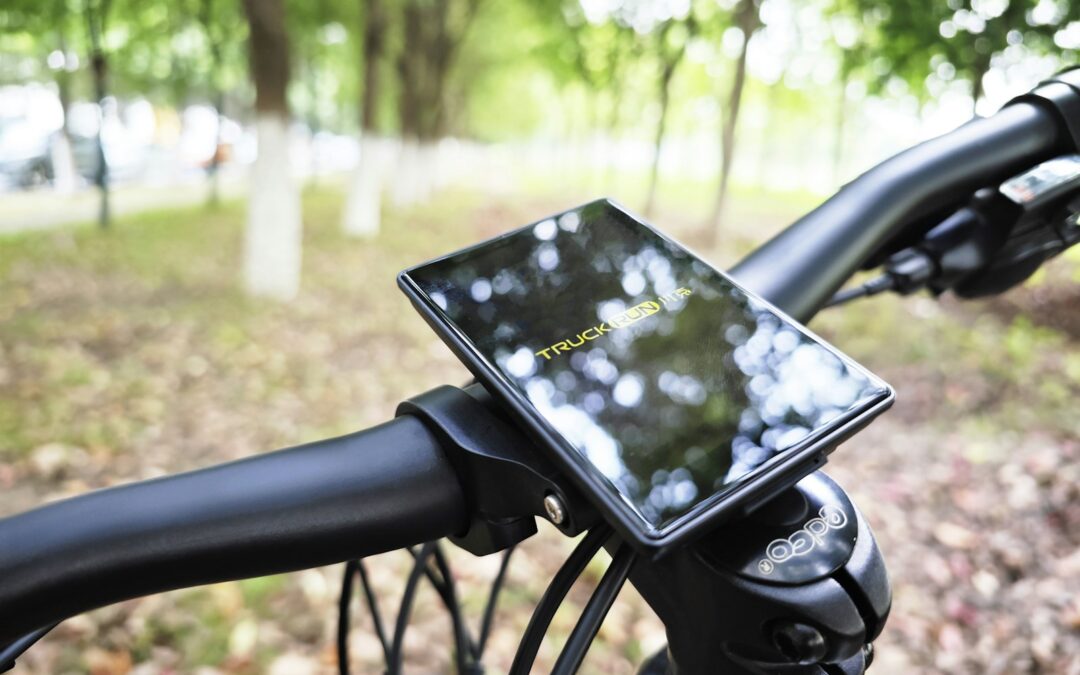Advancements in Augmented Reality Navigation Technology
The Evolution of AR Navigation Systems
The integration of Augmented Reality (AR) into navigation systems is revolutionizing the way we navigate both indoor and outdoor spaces. With the continuous advancements in technology, AR navigation is poised to become a standard feature in our daily lives, offering enhanced accuracy, efficiency, and user experience. In dynamic regions like Saudi Arabia and the UAE, where technological innovation is a key focus, the adoption of AR navigation systems is set to transform urban mobility and spatial orientation.
One of the most significant trends in AR navigation is the development of more precise and responsive systems. By leveraging advanced sensors, AI algorithms, and real-time data processing, AR navigation can provide users with highly accurate and context-aware directions. For example, in bustling cities like Riyadh and Dubai, AR navigation systems can guide users through complex urban landscapes, highlighting landmarks, providing traffic updates, and suggesting optimal routes based on real-time conditions. This level of precision and adaptability enhances the overall navigation experience, making it easier for users to reach their destinations efficiently.
Moreover, the integration of AR with IoT (Internet of Things) devices is further enhancing the capabilities of navigation systems. Smart city infrastructure, including connected traffic signals, sensors, and public transportation systems, can communicate with AR navigation platforms to provide real-time updates and contextual information. This synergy between AR and IoT enables a seamless and intelligent navigation experience, where users can receive dynamic guidance based on current environmental factors and personal preferences.
Indoor Navigation: Transforming Internal Spaces
While outdoor navigation has seen significant advancements, the application of AR in indoor navigation is equally transformative. Navigating large and complex indoor environments, such as airports, shopping malls, hospitals, and corporate offices, can be challenging. AR navigation addresses this challenge by providing visual cues and interactive maps that guide users through intricate indoor layouts.
Incorporating AR indoor navigation in commercial and public spaces offers numerous benefits. For instance, visitors to a shopping mall in Dubai can use AR navigation to locate specific stores, amenities, or exits. The system can overlay directional arrows, highlight points of interest, and provide step-by-step instructions, making it easier for users to navigate large and often confusing indoor spaces. Similarly, in airports like King Khalid International Airport in Riyadh, AR navigation can assist passengers in finding gates, check-in counters, and baggage claims, enhancing their travel experience and reducing stress.
Additionally, AR indoor navigation systems can be integrated with other digital services to offer a more comprehensive user experience. For example, in a hospital setting, AR navigation can guide patients to their appointments while also providing real-time updates on waiting times and personalized health information. This integration of AR with existing digital services not only improves navigation but also enhances overall service delivery and user satisfaction.
Future Trends and Implications for AR Navigation
The future of AR navigation is marked by several exciting trends that promise to further enhance its capabilities and applications. One such trend is the incorporation of 3D mapping and computer vision technologies. By creating detailed 3D models of indoor and outdoor environments, AR navigation systems can offer more immersive and intuitive guidance. Users can interact with these 3D maps in real-time, gaining a better understanding of their surroundings and navigating more effectively.
Another emerging trend is the use of AR navigation in autonomous vehicles. As self-driving cars become more prevalent, AR can play a crucial role in providing visual cues and information overlays to enhance the safety and efficiency of autonomous navigation. In regions like the UAE, where significant investments are being made in autonomous vehicle technology, AR navigation can complement these efforts by offering drivers and passengers a more interactive and informative travel experience.
Furthermore, the integration of AR navigation with wearable technology is set to enhance personal mobility. Smart glasses and AR-enabled wearables can provide hands-free navigation assistance, allowing users to receive real-time directions and information without needing to look at their smartphones. This hands-free approach is particularly useful in scenarios where users need to keep their hands free, such as cycling, hiking, or navigating busy urban streets.
Conclusion
The future trends in AR navigation are poised to significantly shape the way we navigate both indoor and outdoor spaces. By leveraging advanced technologies such as AI, IoT, and 3D mapping, AR navigation systems offer precise, context-aware, and immersive guidance that enhances the user experience. In regions like Saudi Arabia and the UAE, the adoption of AR navigation is set to transform urban mobility, improve accessibility, and streamline navigation in complex environments. As technology continues to evolve, the integration of AR navigation with autonomous vehicles and wearable devices will further expand its applications, making navigation more intuitive, efficient, and enjoyable.
—
#ARNavigation #SmartNavigation #AugmentedReality #FutureOfNavigation #IndoorNavigation #OutdoorNavigation #SaudiArabiaTech #UAENavigation #RiyadhInnovation #DubaiSmartTech






















